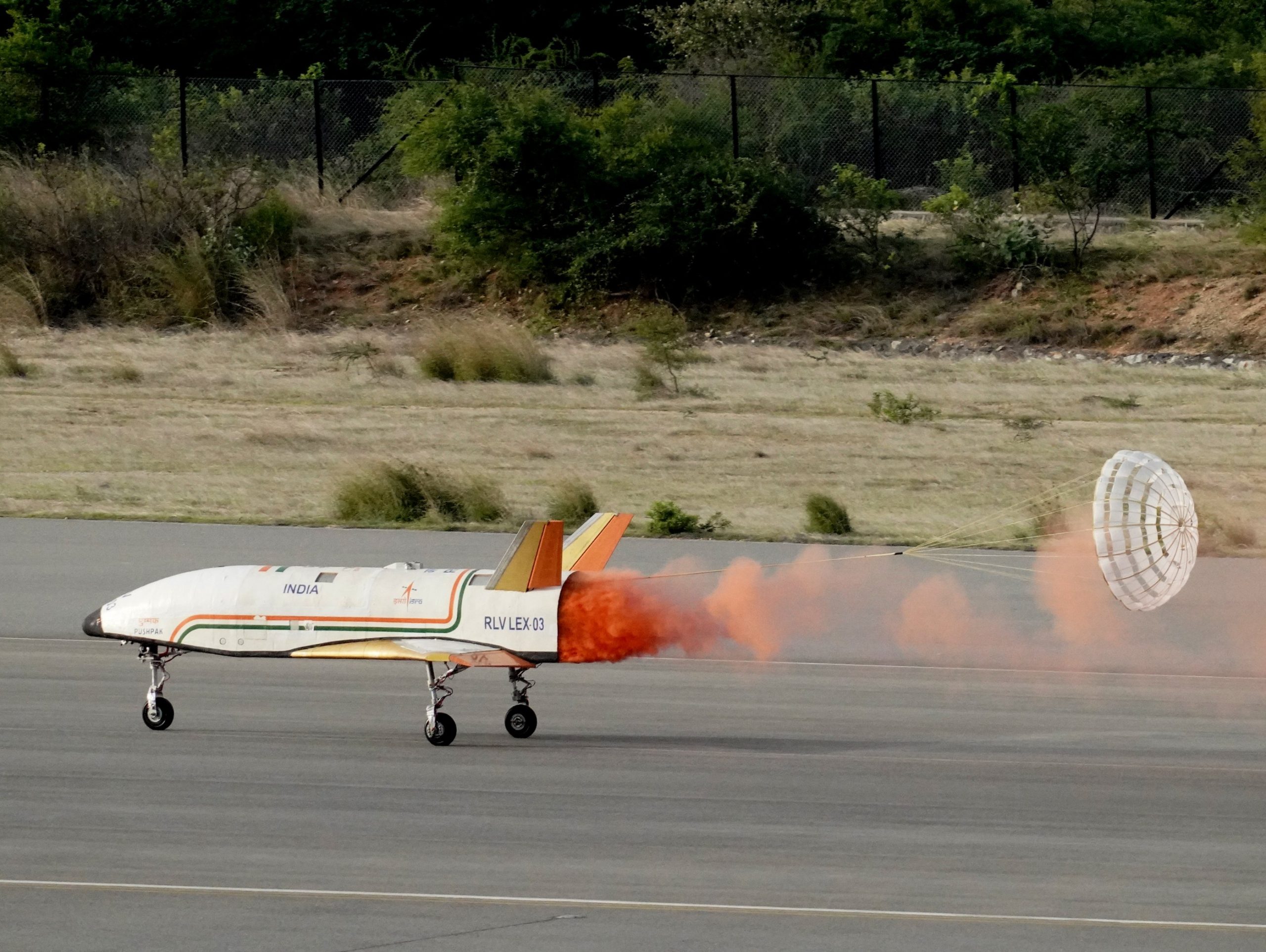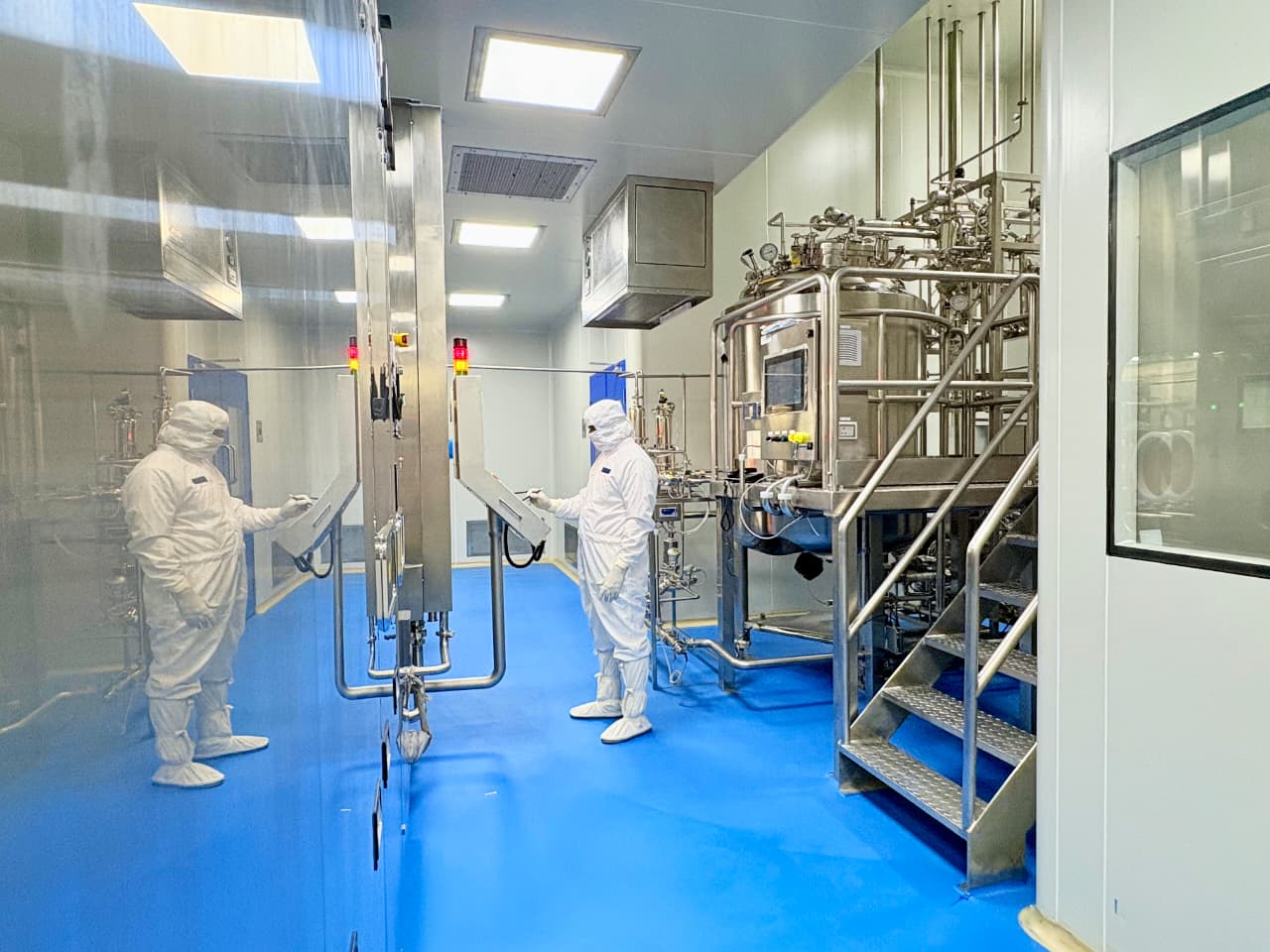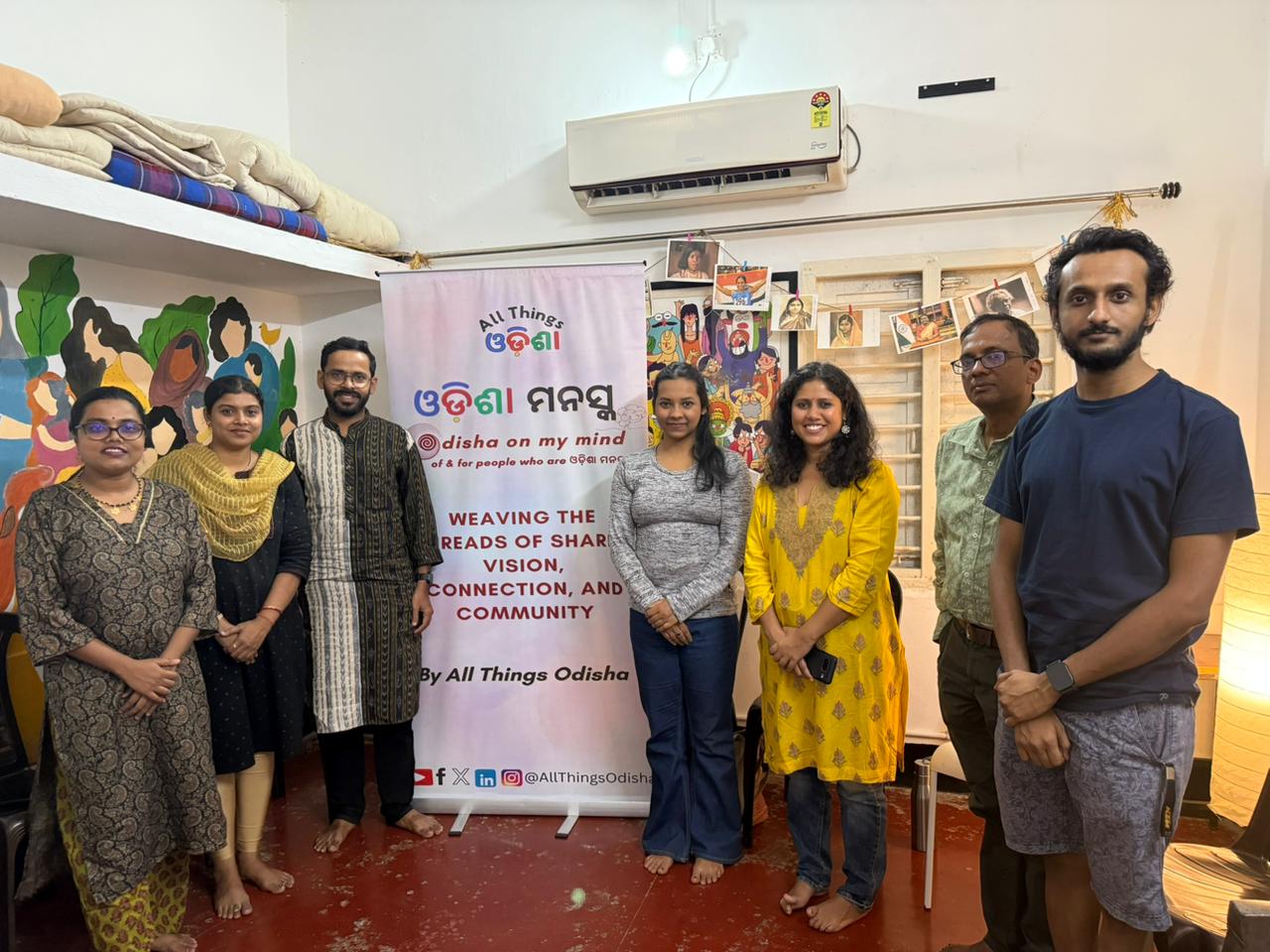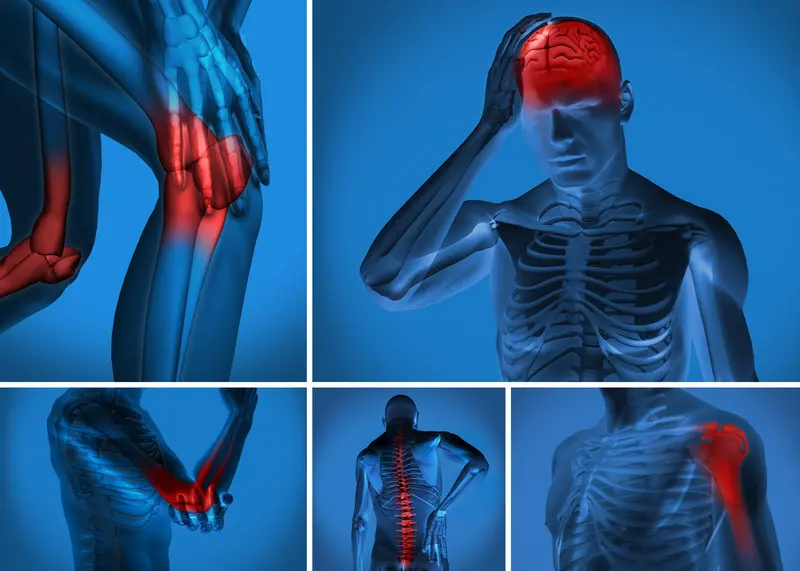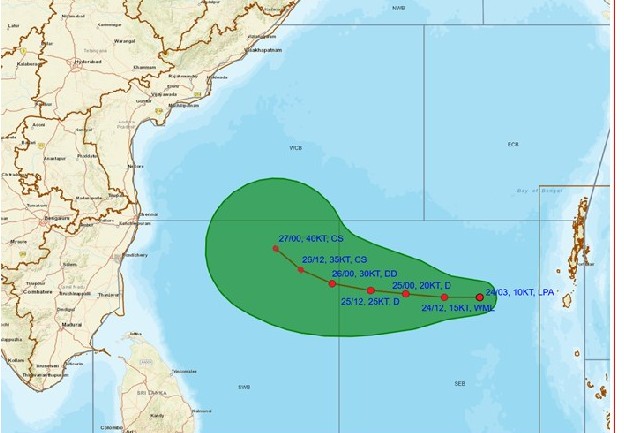Bengaluru: The Indian Space Research Organisation (ISRO) marked a significant milestone today with the successful completion of its third consecutive Reusable Launch Vehicle (RLV) Landing Experiment (LEX). The RLV LEX-03, conducted at 07:10 IST at the Aeronautical Test Range (ATR) in Chitradurga, Karnataka, reaffirmed ISRO’s prowess in autonomous landing technologies under challenging conditions.
Following the successes of RLV LEX-01 and LEX-02, the RLV LEX-03 demonstrated the autonomous landing capability of the winged vehicle ‘Pushpak’ under more severe wind conditions and a cross range of 500 meters, compared to the 150 meters in LEX-02. Released from an Indian Air Force Chinook Helicopter at an altitude of 4.5 km, Pushpak autonomously executed cross-range correction maneuvers, approached the runway, and performed a precise horizontal landing at the runway centerline.
The vehicle, featuring a low lift-to-drag ratio aerodynamic configuration, landed at a velocity exceeding 320 km/h. After touchdown, the velocity was reduced to nearly 100 km/h using a brake parachute, followed by the deployment of landing gear brakes for a complete stop. The vehicle utilized its rudder and nose wheel steering system to maintain a stable ground roll along the runway.
This mission simulated the approach and landing interface and high-speed landing conditions for a vehicle returning from space, validating the advanced guidance algorithm essential for future orbital re-entry missions. The RLV-LEX utilized multisensor fusion, incorporating Inertial sensors, Radar altimeters, Flush air data systems, Pseudolite systems, and NavIC. Remarkably, the RLV-LEX-03 mission reused the winged body and flight systems from the LEX-02 mission without any modifications, showcasing the robustness of ISRO’s reusable flight system design.
The mission, led by the Vikram Sarabhai Space Centre (VSSC), was a collaborative effort involving multiple ISRO centers, including the Space Applications Centre (SAC), ISRO Telemetry, Tracking and Command Network (ISTRAC), Satish Dhawan Space Centre (SDSC-SHAR), with significant support from the Indian Air Force (IAF), Aeronautical Development Establishment (ADE), Aerial Delivery Research and Development Establishment (ADRDE), Regional Centre for Military Airworthiness (RCMA) under Centre for Military Airworthiness and Certification (CEMILAC), National Aerospace Laboratories (NAL), Indian Institute of Technology, Kanpur, Indian aerospace industrial partners, Indian Oil Corporation of India, and the Airports Authority of India.
S Somanath, Chairman of ISRO and Secretary of the Department of Space, congratulated the team for their relentless efforts and consistent success in these complex missions. Dr. S Unnikrishnan Nair, Director of VSSC, emphasized that this achievement bolsters ISRO’s confidence in the critical technologies necessary for future orbital re-entry missions. J Muthupandian served as the Mission Director, and Shri. B Karthik was the Vehicle Director for this successful mission.

